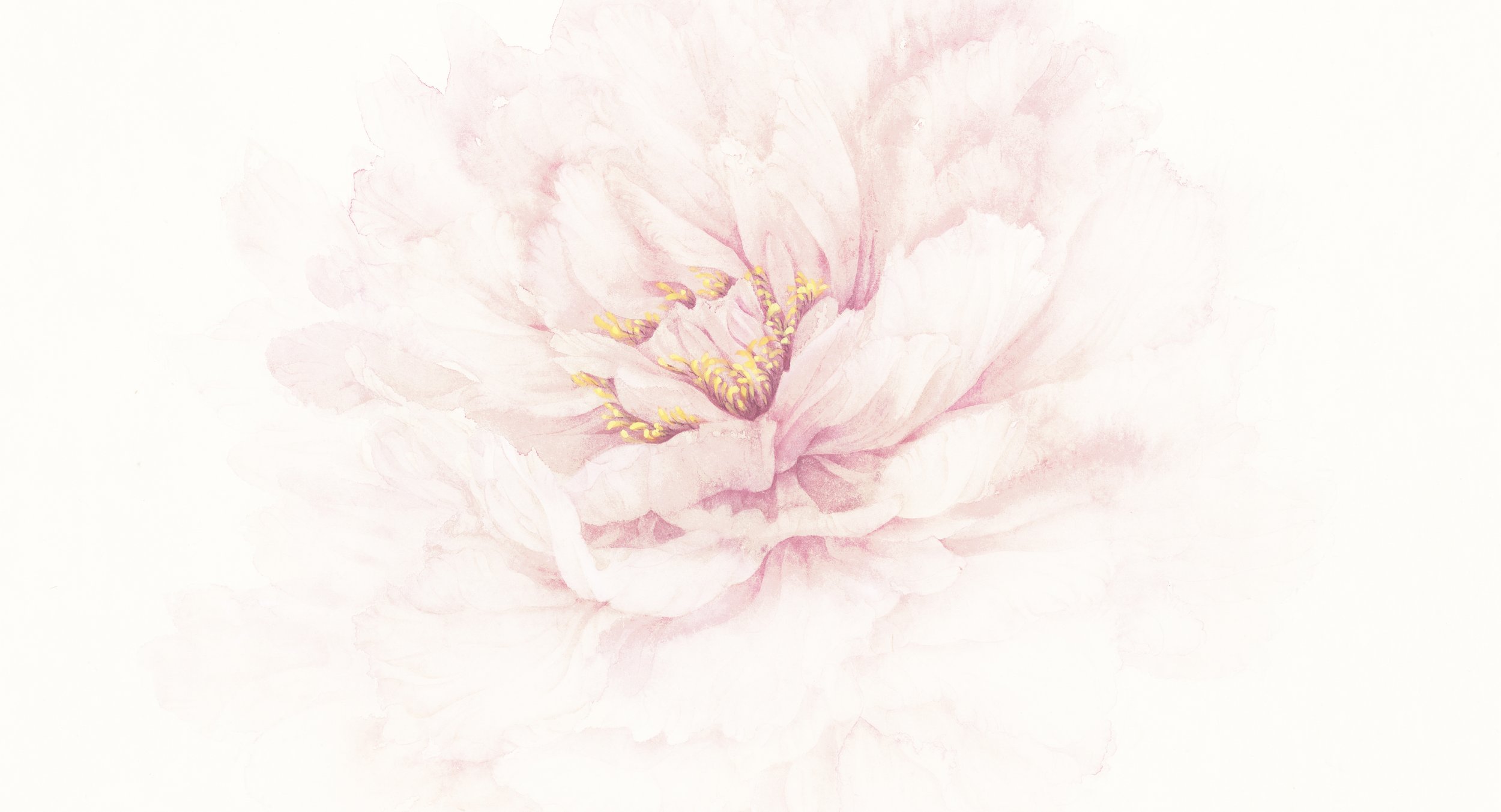
Chinese Brush Painting History
Throughout its long and rich history, the subjects of Chinese Brush Painting have typically fallen into one of three genres: portraiture, landscape, and “flower-and-bird” (huāniǎo huà, 花鳥畫). The two predominant styles of expression are gōngbĭ (工 笔 — fine brushwork, also known as the realistic style), and xiěyì (寫意 — free and uninhibited, also known as the impressionistic style). ➤
➤ Of those two predominant styles, gōngbĭ flower-and-bird painting has long been an important part of Chinese painting tradition. It has undergone interesting and robust development over the last 1500 years.
Tang Dynasty (618-907): During the Tang Dynasty, the form and scale of flower-and-bird paintings was established. Works during this period were extravagant with gorgeous colors. Gōngbĭ flower-and-bird became the mainstream painting genre in China during this time.
Song Dynasty (960-1279): The Song Dynasty saw peak development of gōngbĭ flower-and-bird paintings. Many Song emperors loved art. The most distinguished of them being Emperor Huizong who was an accomplished artist himself. He spearheaded the establishment of the Imperial Painting Academy. Aristocratic artists strove for realistic work that was also poetic in conception. Song paintings were intricate, realistic and brilliantly colorful. Song artists had a profound impact on future generations.
Yuan Dynasty (1271-1368): With the participation of literati scholars, Yuan paintings incorporated both the gōngbĭ and xiěyì styles. The palette of these paintings was refined and subtle.
Ming Dynasty (1368-1644): As xiěyì paintings grew in popularity, Ming artistic styles diverged. Some artists continued with traditions passed down from the Song Imperial Painting Academy. These painters created works that were full of details and vibrant colors. Others further explored the integration of gōngbĭ and xiěyì, creating free-flowing and unrestrained paintings.
Qing Dynasty (1644-1911): The growing influence of commoners and Westerners led to the development of flower-and-bird paintings that incorporated a rich and diverse array of compositions and painting techniques.
Modern (1911-present): Today, evolving modern flower-and-bird techniques continue to be relevant. Many modern practitioners of Chinese brush painting use this unique style to capture the essence of nature and to express their feelings and emotions.

